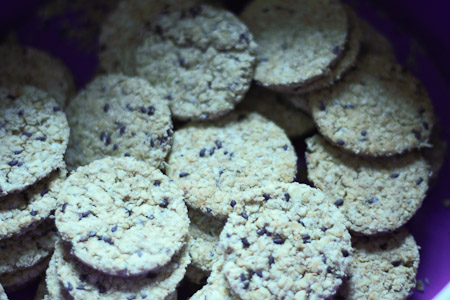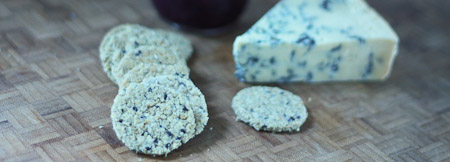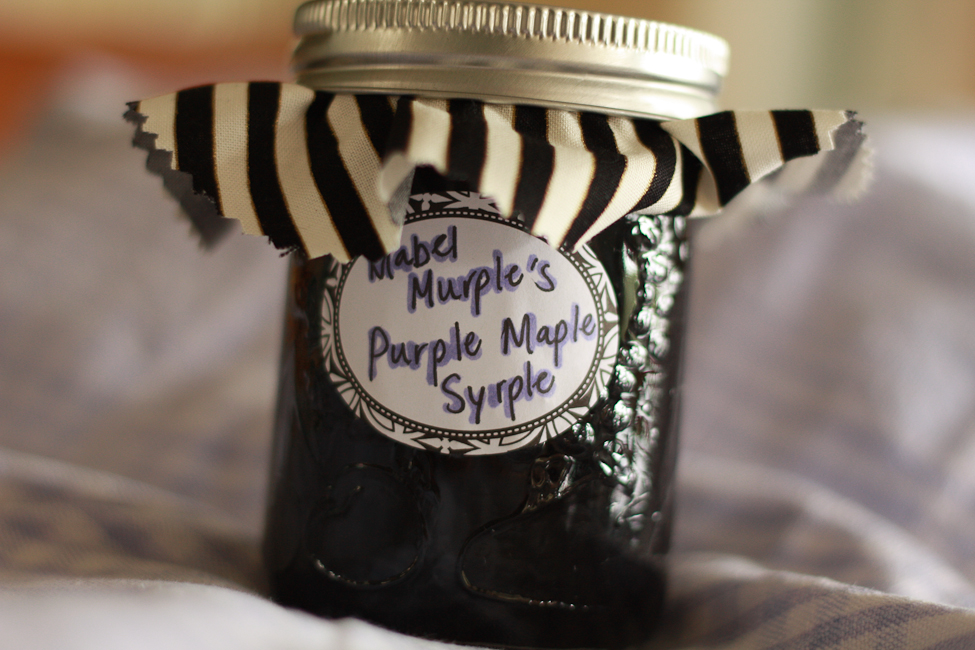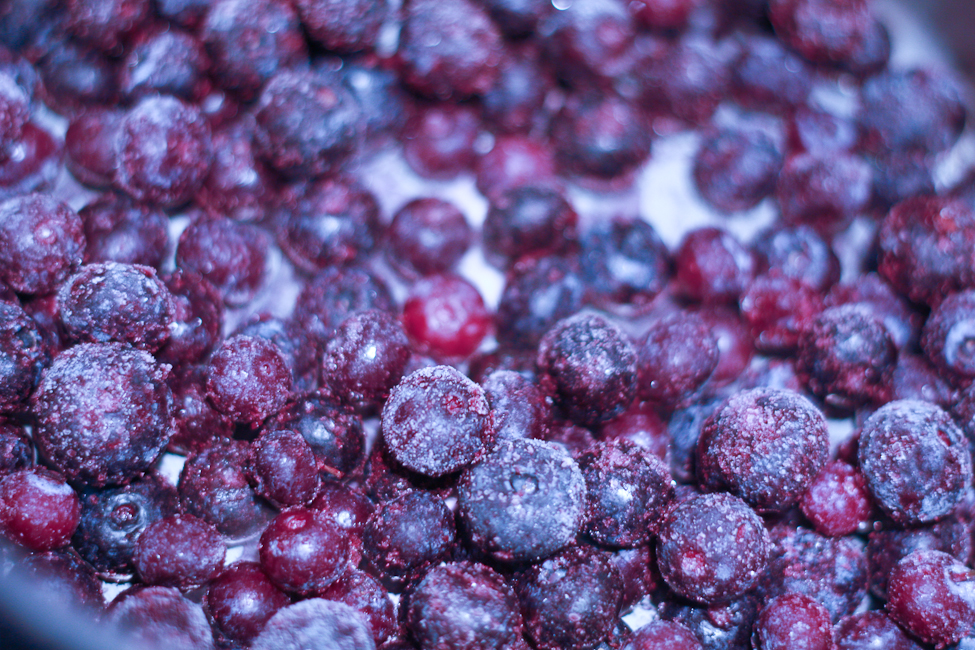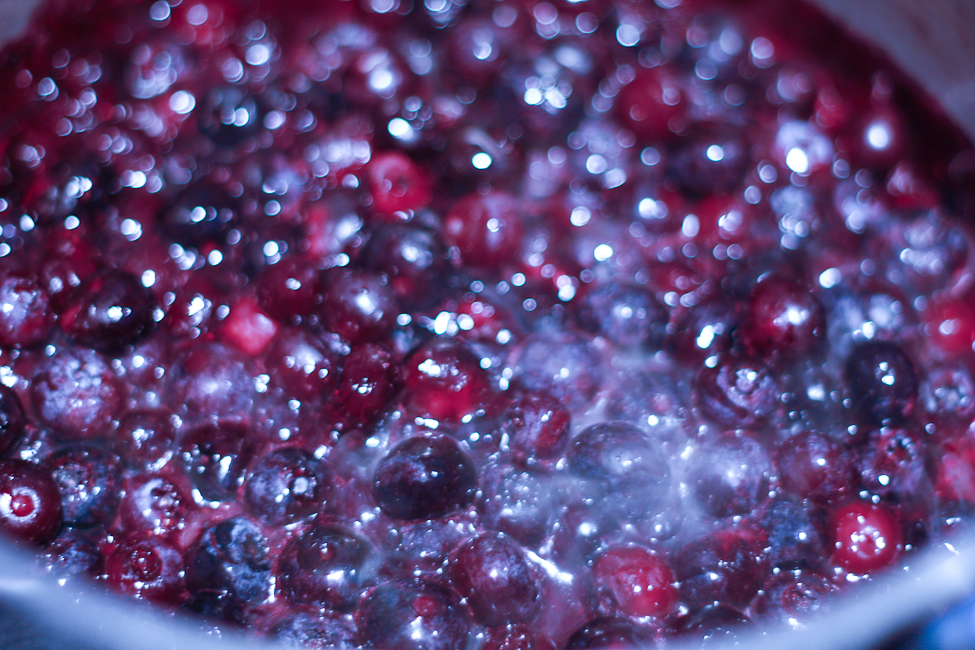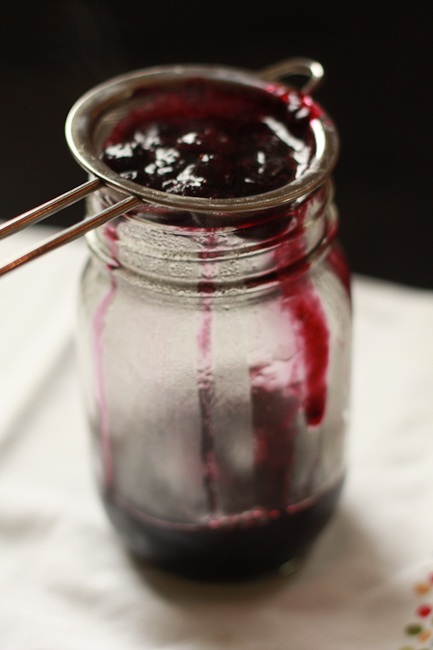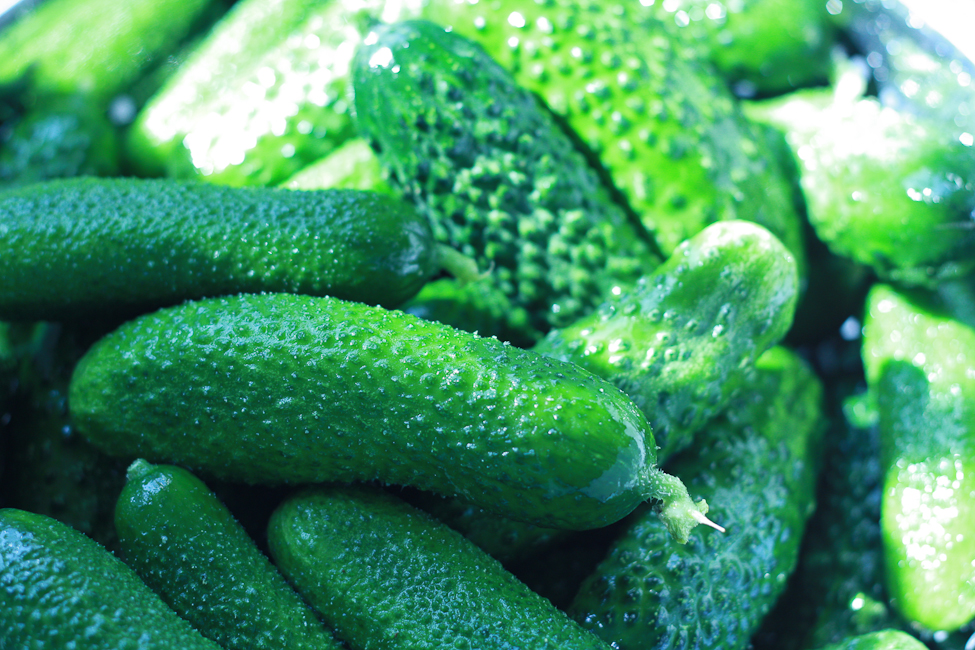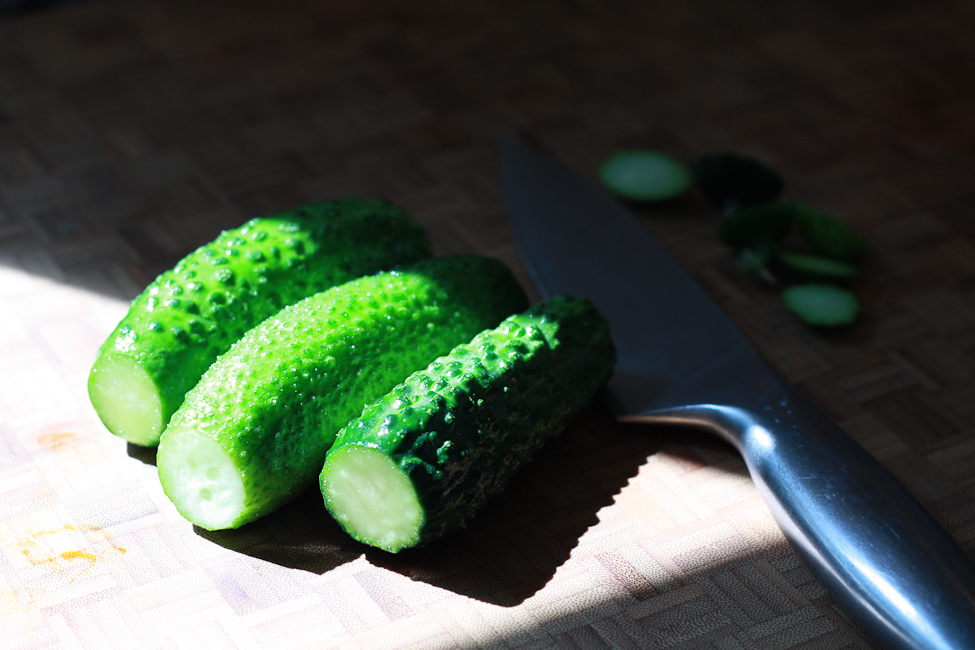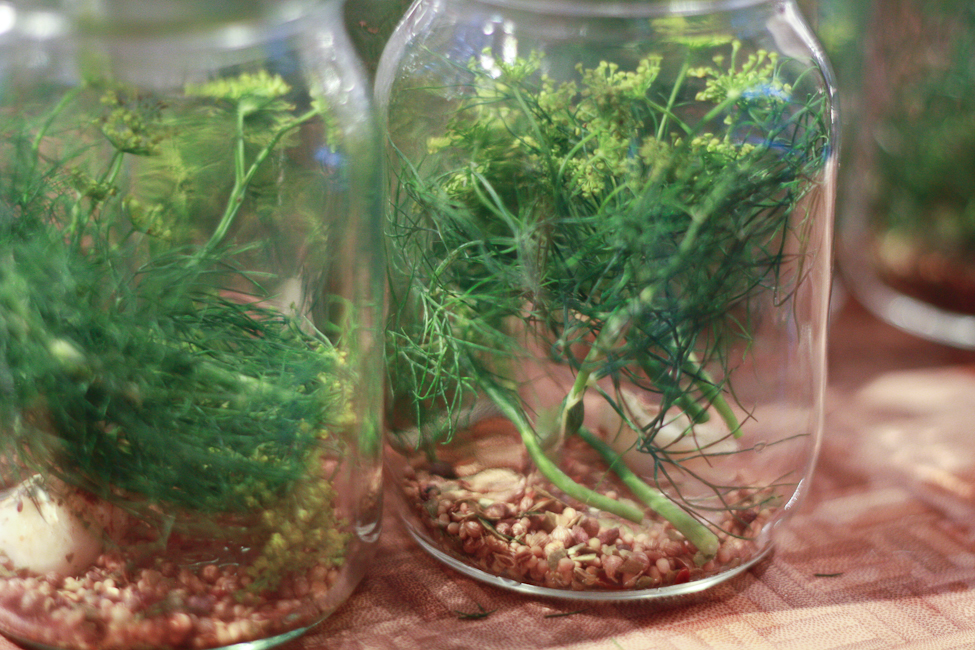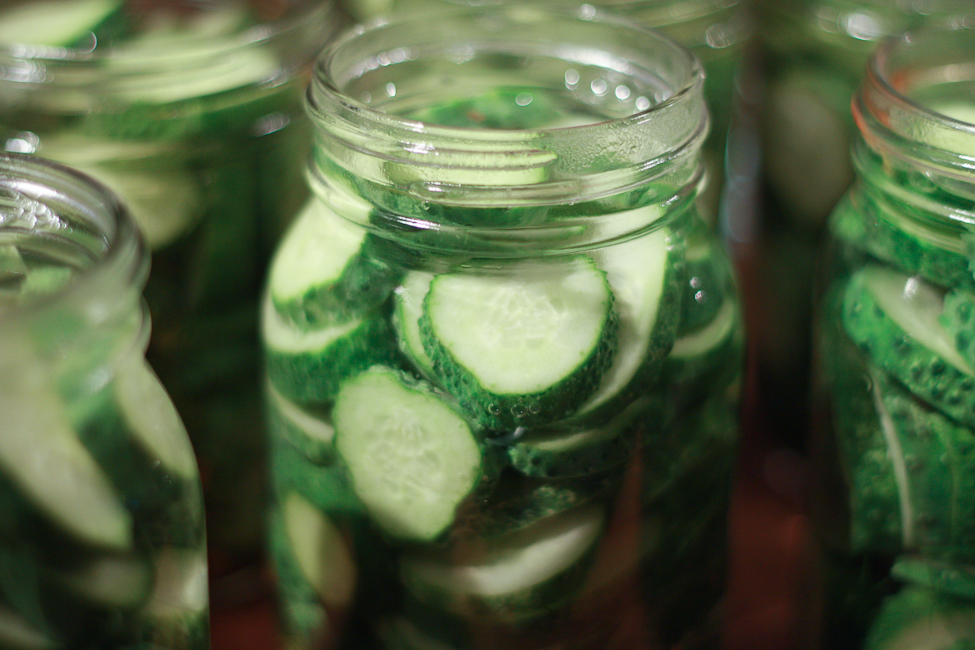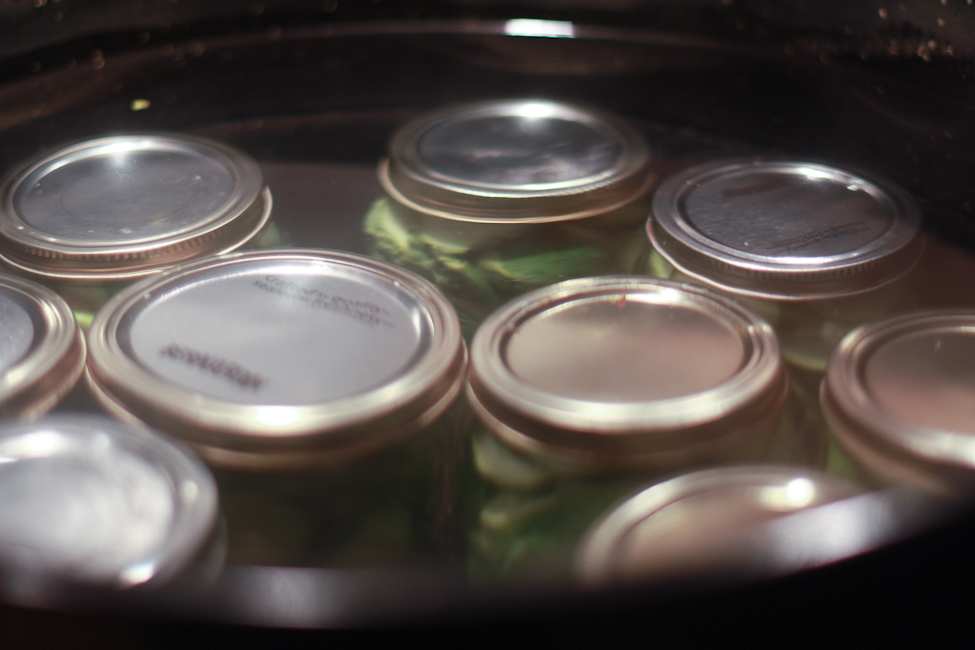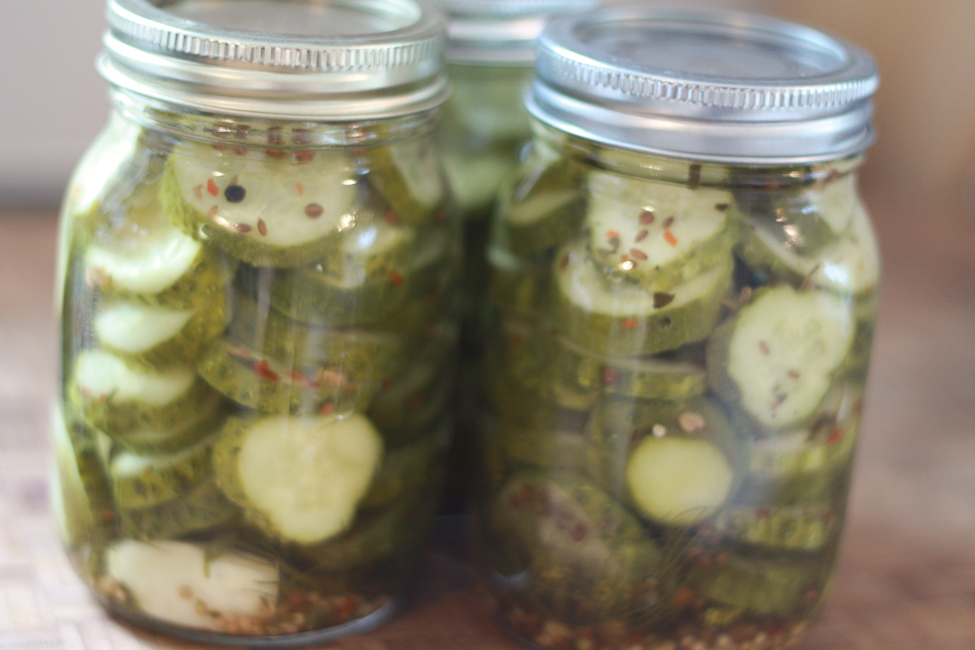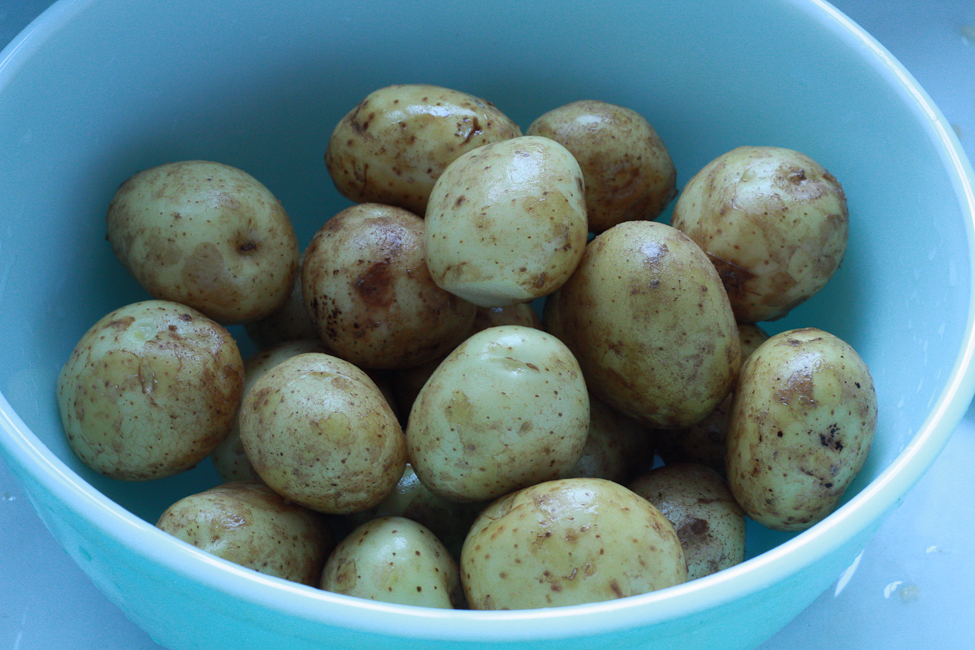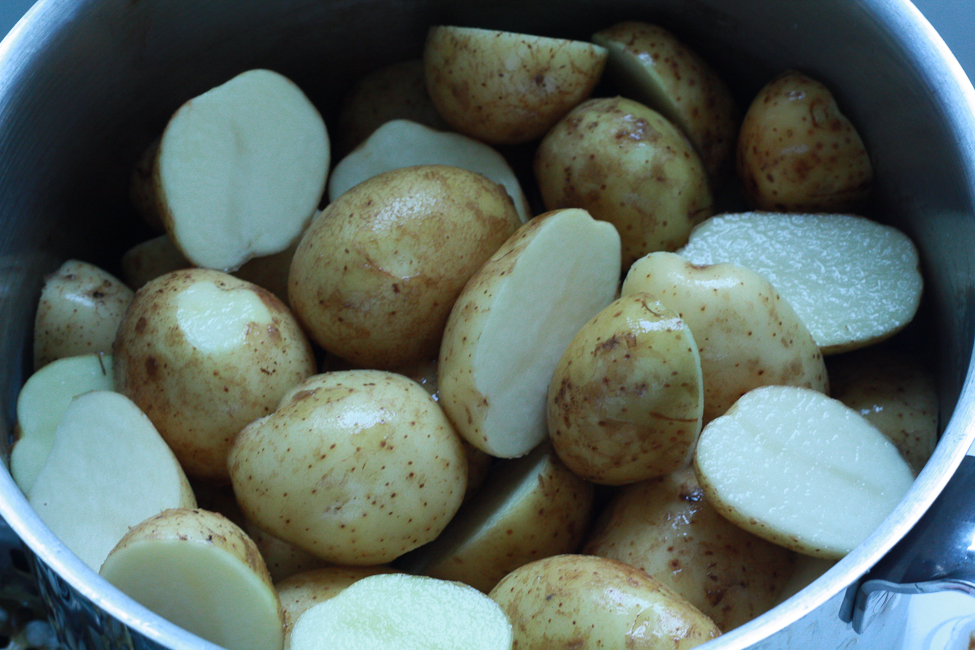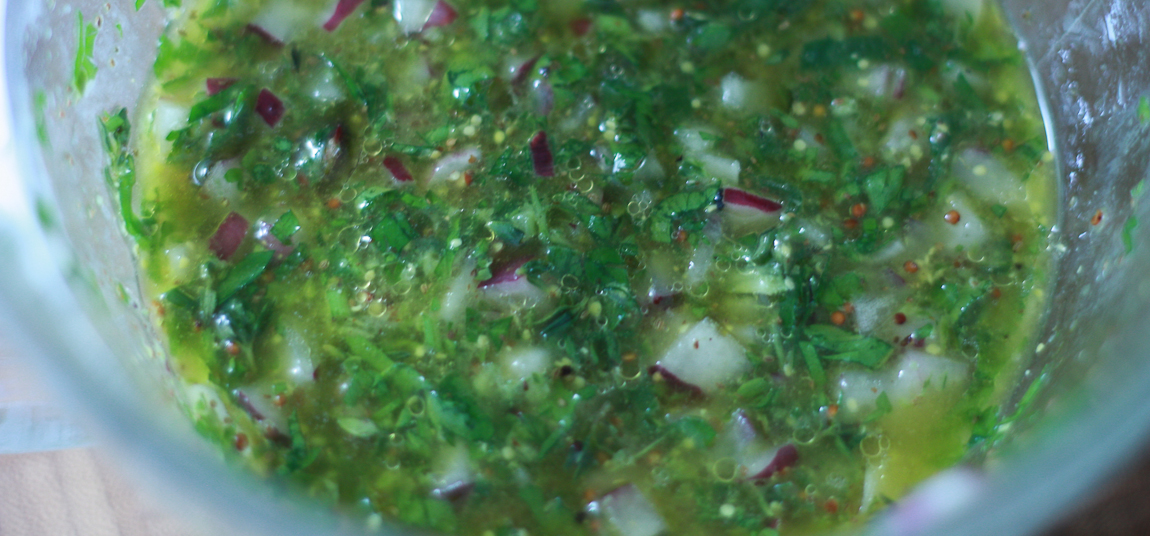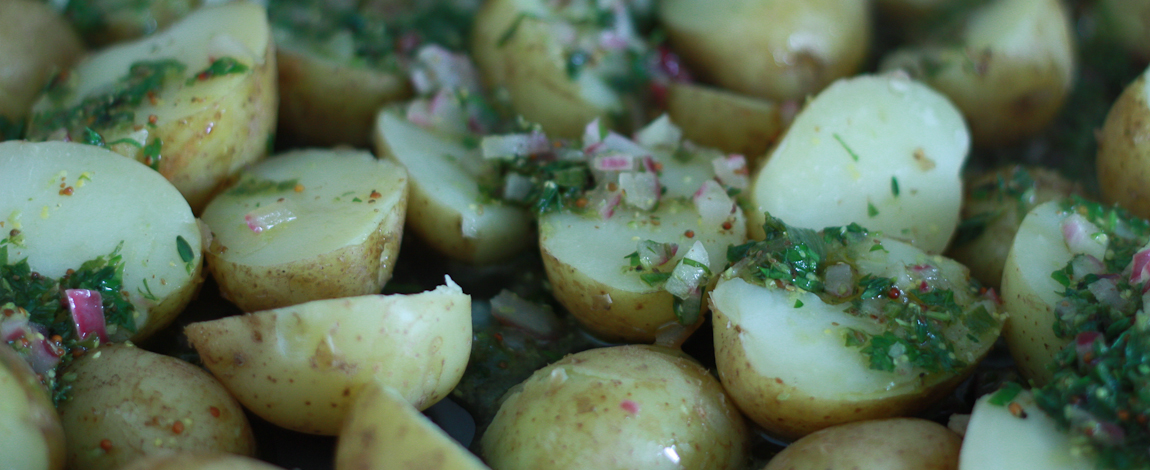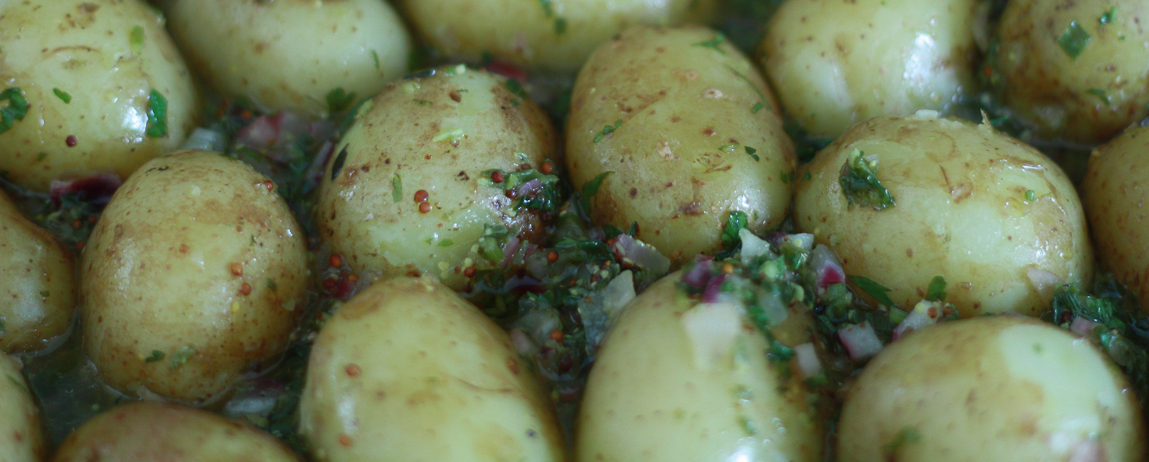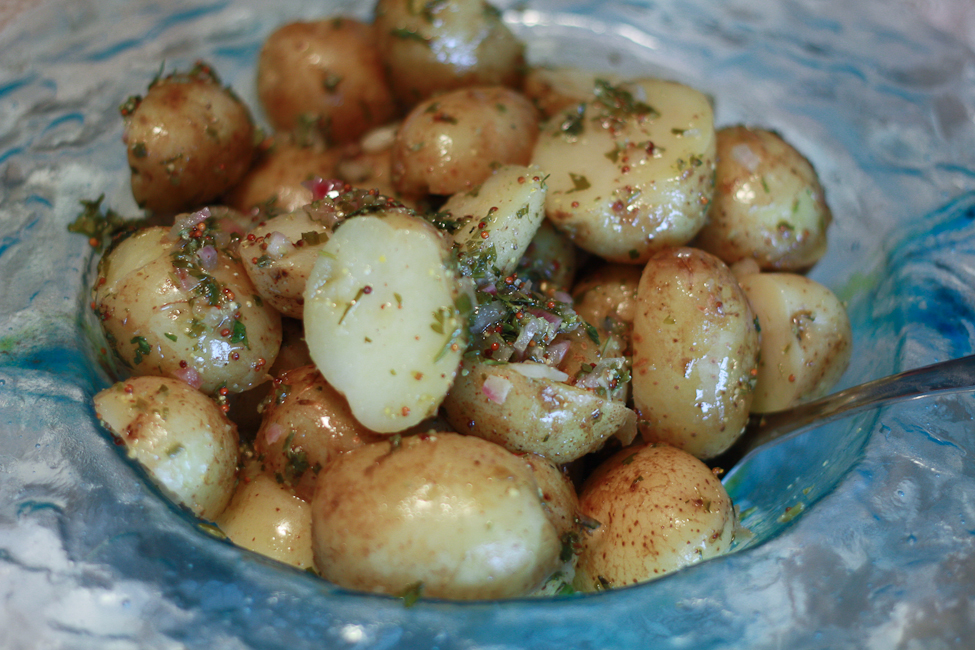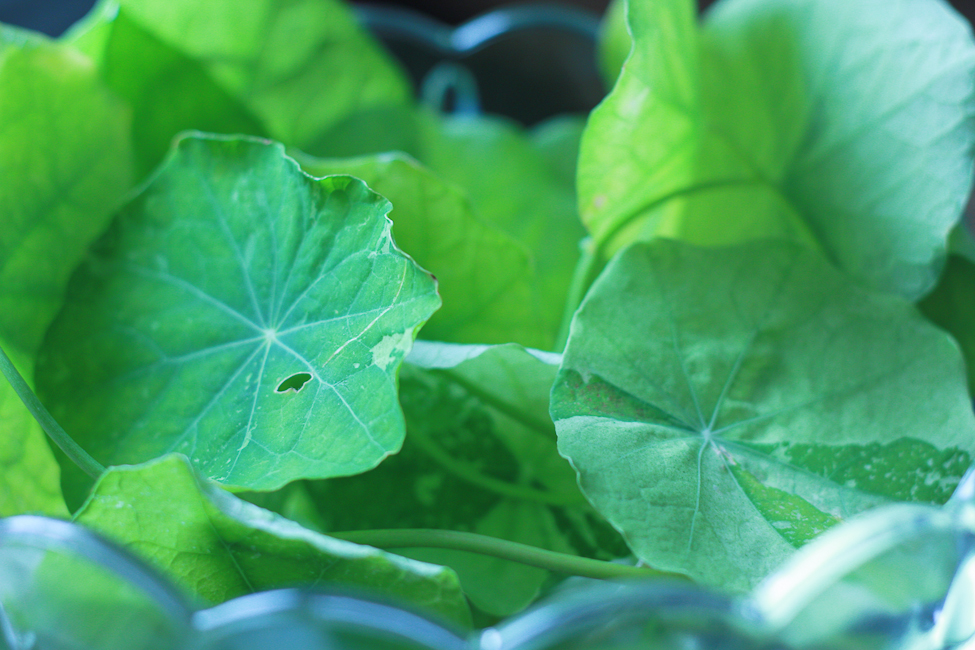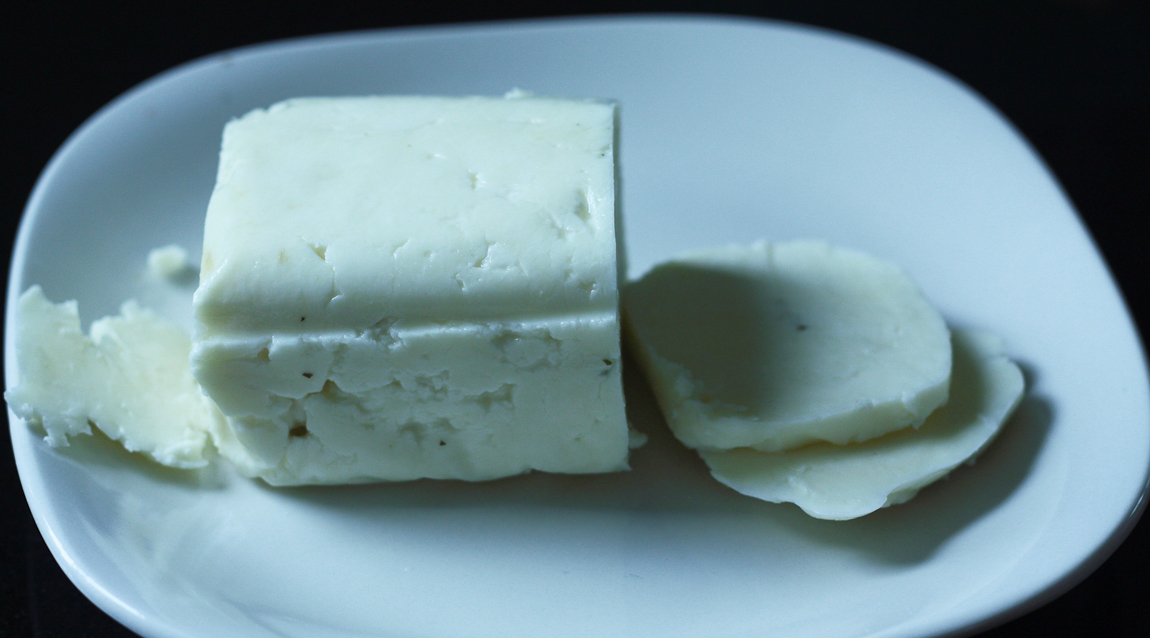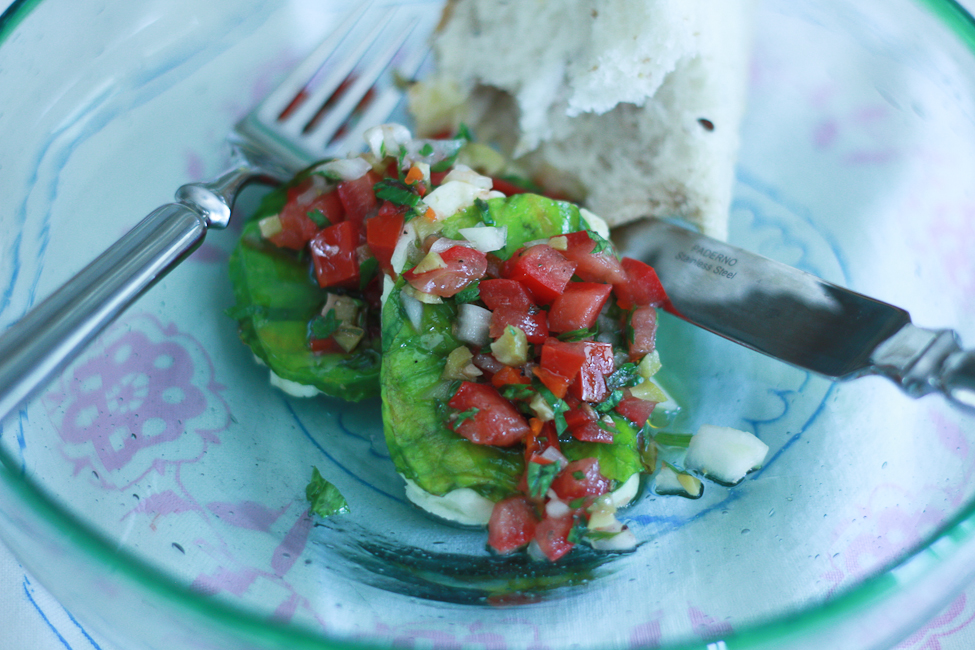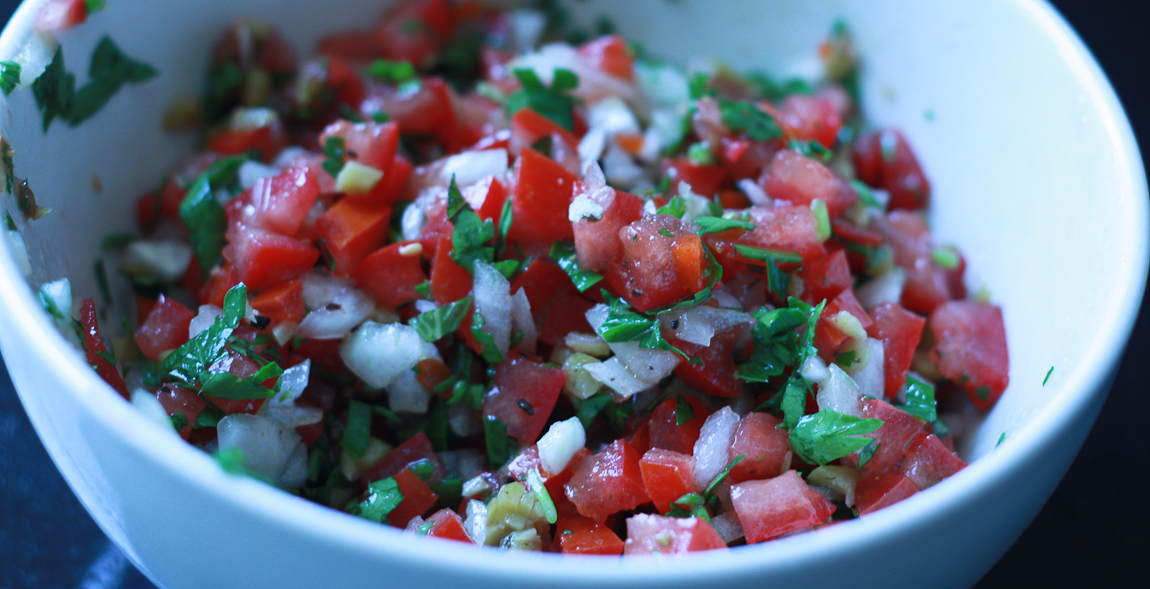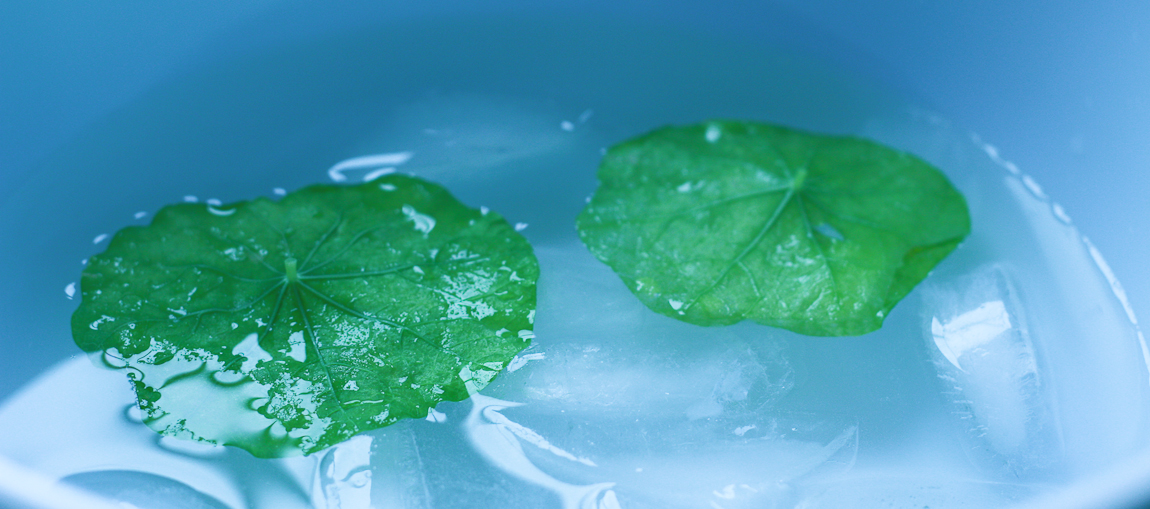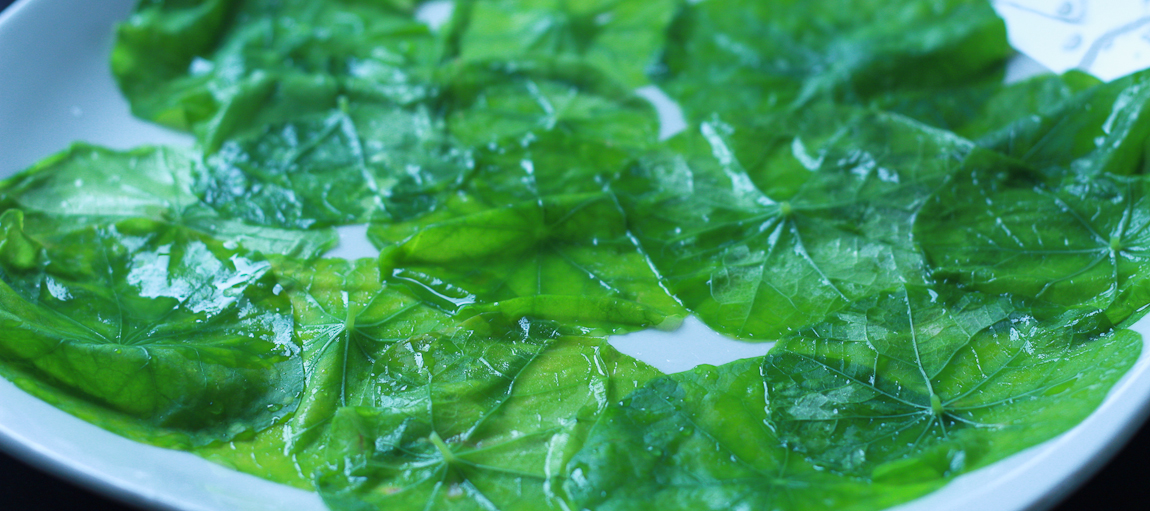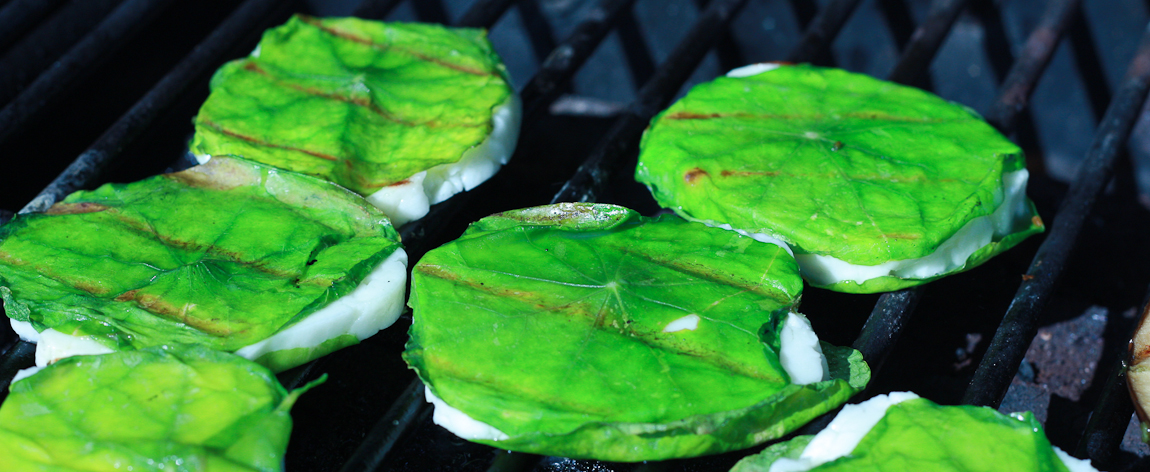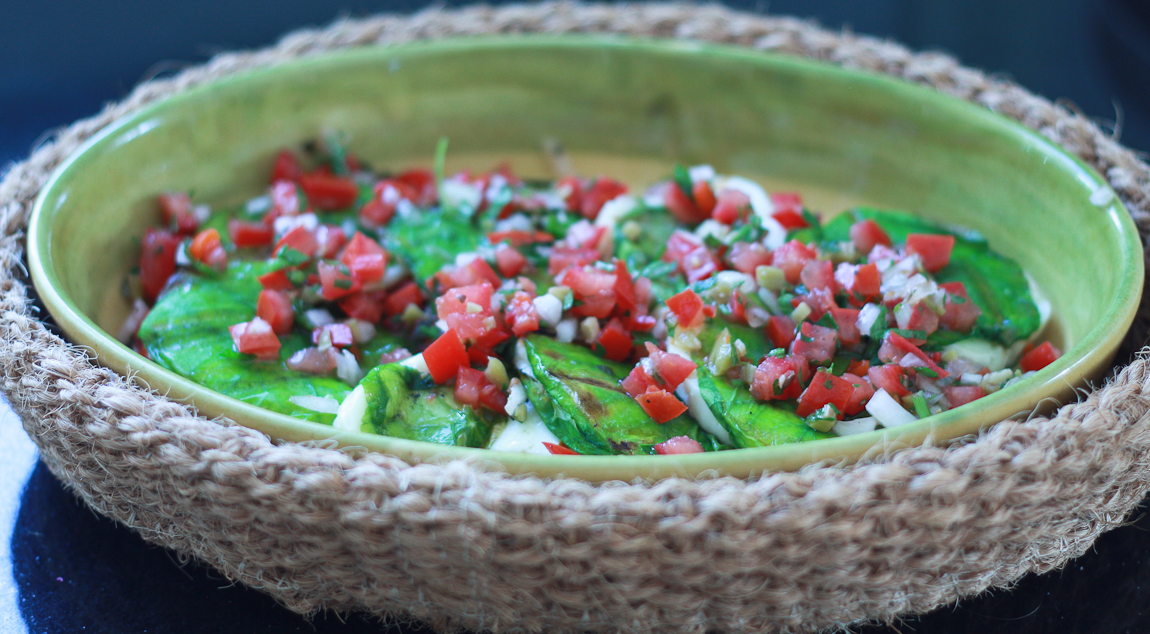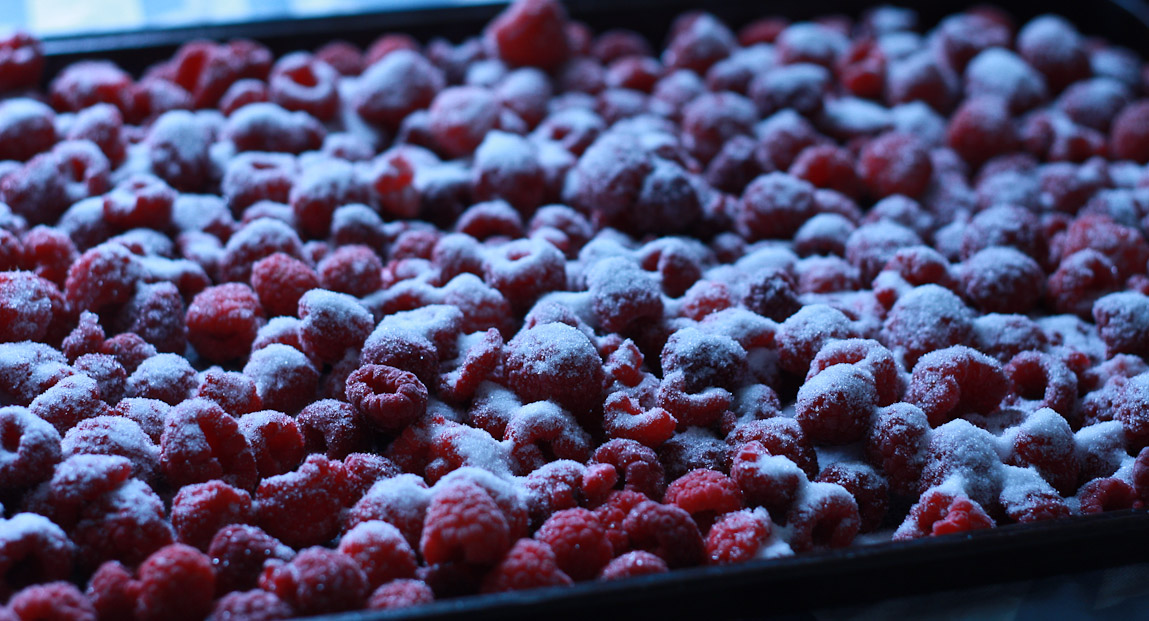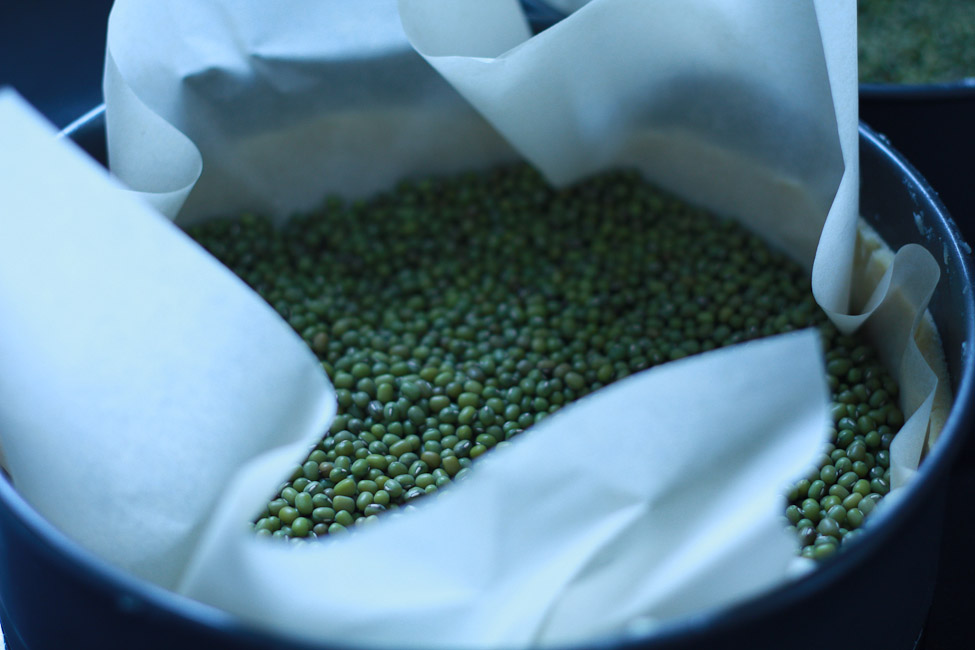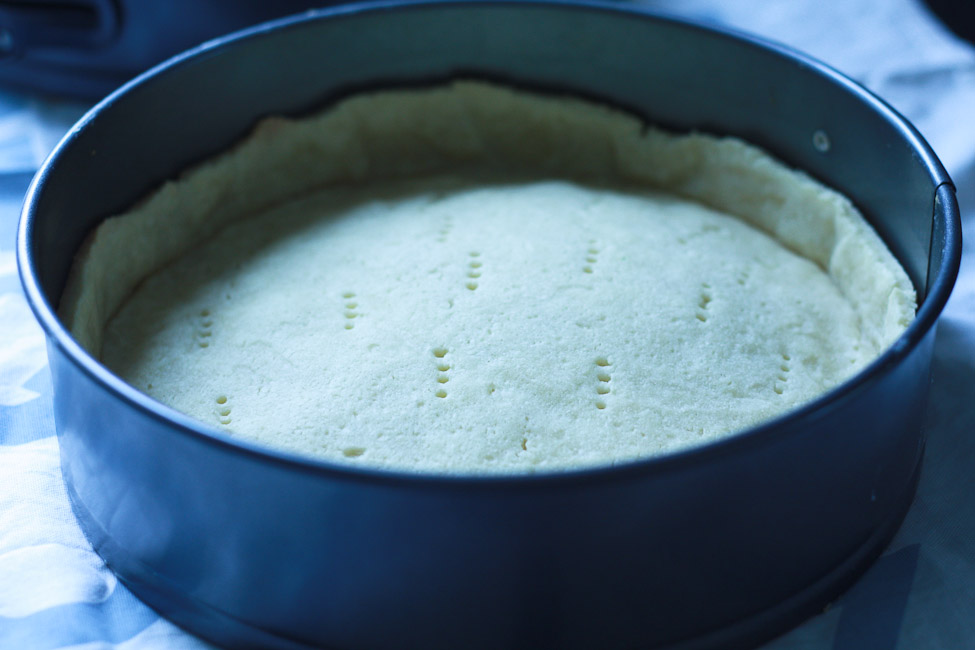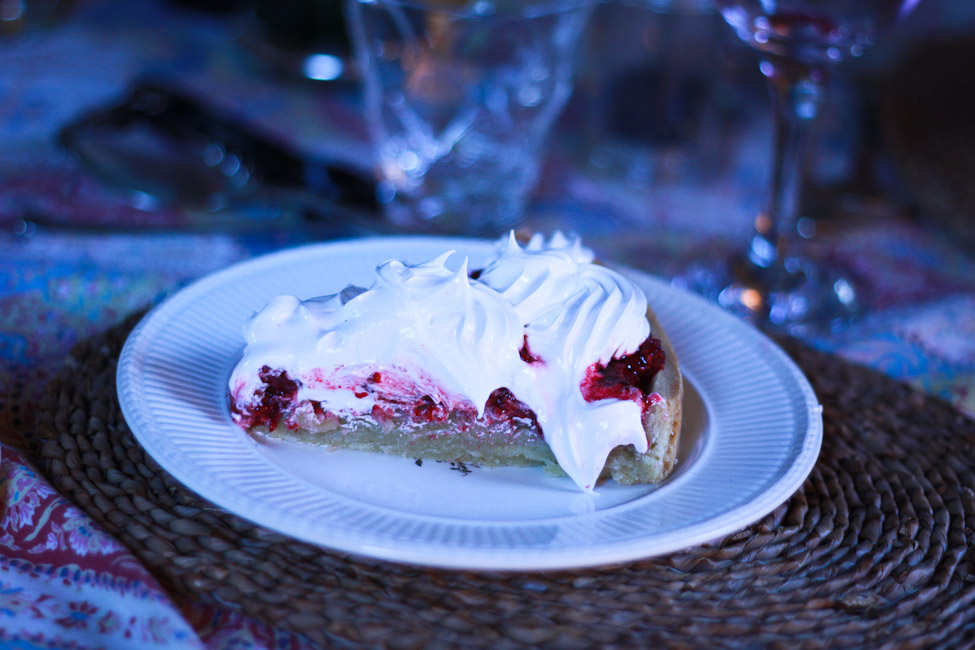You say Allioli, I say Aioli, Some say Garlicky Mayo
You would be forgiven for thinking that this whole thing had gone the way of acid wash but, just like the hideous trend, I’m back. Scanning through here, my jaw dropped when I realized it has been almost two years since writing anything I felt needed sharing. I have cooked plenty but, with diet changes, work changes and actually moving to another continent, it all got lost in the shuffle.
Here I am though, cooking in our rented, slightly Faulty Towers-esque house, where everything looks great until you try to use it. We have great friends here and much of the kitchen hardware I have has been lent to me so, I am very lucky. Combine that with the convenience of a having certain large Swedish furniture and stuff store nearby and we are more or less set up.
Here on Mallorca, and in Catalunya generally, allioli is everywhere and eaten with everything. It is, as it’s name suggests, the Spanish sister of aioli, or garlicky mayonnaise. Sadly, ordered in many restaurants here, it is often an ultra white glop of something far more industrial than you may expect. Having spent a lot of time fixing broken aioli or mayonnaise and tossing leftovers that were too old to be safe, I understand why they do it. I still don’t approve.
A couple of months ago, during a mid-week-teachers-still-on-strike-children-running-wild-all-day playdate, my aioli education began. It was lunch time and, after a morning of coffee and croissants and pretty relaxed conversation, my friend, Petra, suggested it was time to make some lunch before the seven or so children realized they were actually starving despite liberal doses of viennoisserie.
Amongst all sorts of other options, Petra decided she would do some roast potato wedges and make some aioli to go with. No complaints from anyone there on that one. I watched her, it is always a treat to watch someone else cook, while she began to collect the ingredients together and, as she started to put this aioli together, I was skeptical.
All of the ingredients were being put in a hand blender (stick blender to some) cup at the same time, which I thought was a bit risky. The big kicker was that the whole egg got put in. Not just the yolk, the whole egg. I couldn’t believe it. While all I wanted to do was tell her that she may have made a mistake and thereby avoid fixing broken aioli, I bit my tongue, eyeballs bulging out of my skull, wondering what kind of crazy kitchen stunt Petra was trying to pull.
You may be able to imagine my surprise when she put the hand blender in the cup and started blending, lifting the blender out slowly until, as if by magic, it all came together in a perfectly emulsified and slightly lighter but, deliciously garlicky aioli that I have since been envious of.

I have watched Petra make it a couple of times since. I have asked her about a dozen questions about it. I have tried to make it in a regular blender and I have tried to make it in a food processor, thinking that it was just the egg white that was helping to make that kind of stunt possible. Nope, none of it worked. It had to be the hand blender and, while there are a myriad of uses for one, I was struggling to justify the purchase of an appliance based on its aioli-making merit.
Luckily, at my friend Jane’s house the other day, it was decided that we needed some aioli for the roast chicken and potatoes that were getting along nicely in her oven. Knowing that she had a hand blender, I couldn’t resist asking if I could try to make it ‘Petra’s way.’ I could sense the liberation from mincing the garlic and the carefully steady hand-whisking and sore arms. Miracle of miracles, it all came together brilliantly and I got a little giddy with excitement and almost left then and there to go by my own hand blender. Janie talked me down and lent me her’s to make subsequent batches and to take some photos to get it on here. So, with thanks to Petra and Janie, the recipe follows.
This stuff is delicious with lots of things but, it is absolutely perfect with some oven roasted potato wedges. In the last three days alone, I have made three batches. That is the very stiff price you pay for forgetting to take photos the first time.
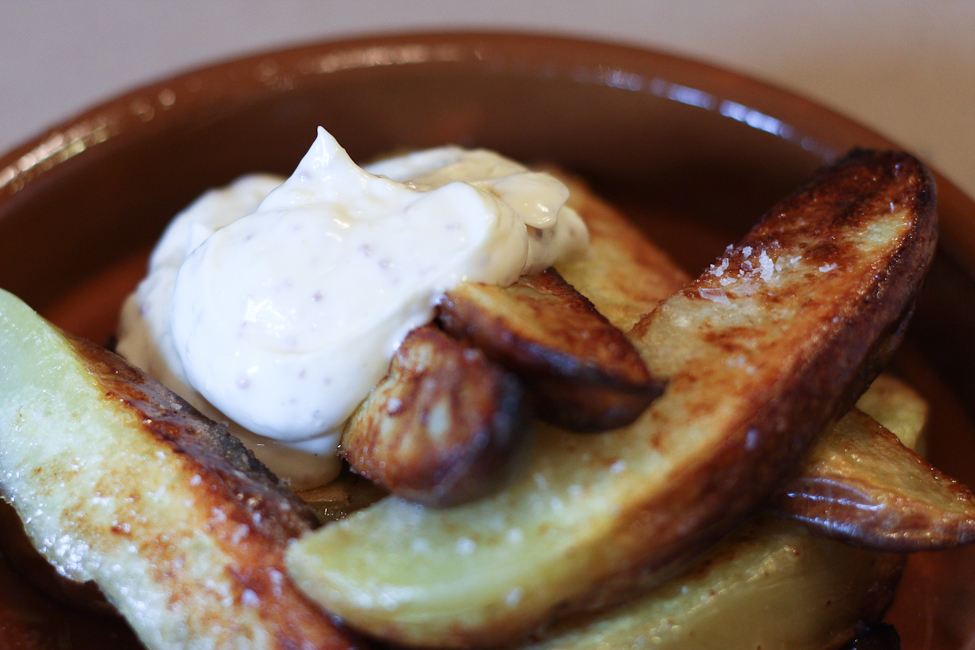
I have made this with both dijon and whole grain mustard, both are delicious and, as you would expect, the dijon version is smoother. I try and use a decent oil, if possible. I like the organic first pressed sunflower oil we have at the moment but, any vegetable oil, or blend of oils, you are comfortable with should work. I don’t recommend using straight olive oil as the result can be pretty bitter.
I normally wouldn’t promote a recipe that requires specific appliances however, I think many people have a hand blender and, if not, maybe you could borrow a friend’s like I did.
Hand Blender Aioli
makes approximately 1 1/2 cups
1 whole egg
2 cloves garlic
1 teaspoon dijon or grainy mustard
2 teaspoons white wine vinegar
2 teaspoons lemon juice
Pinch of salt
Pinch of freshly ground black pepper
1 cup sunflower oil
Gently place all ingredients in the cup of your hand blender, adding the oil last.
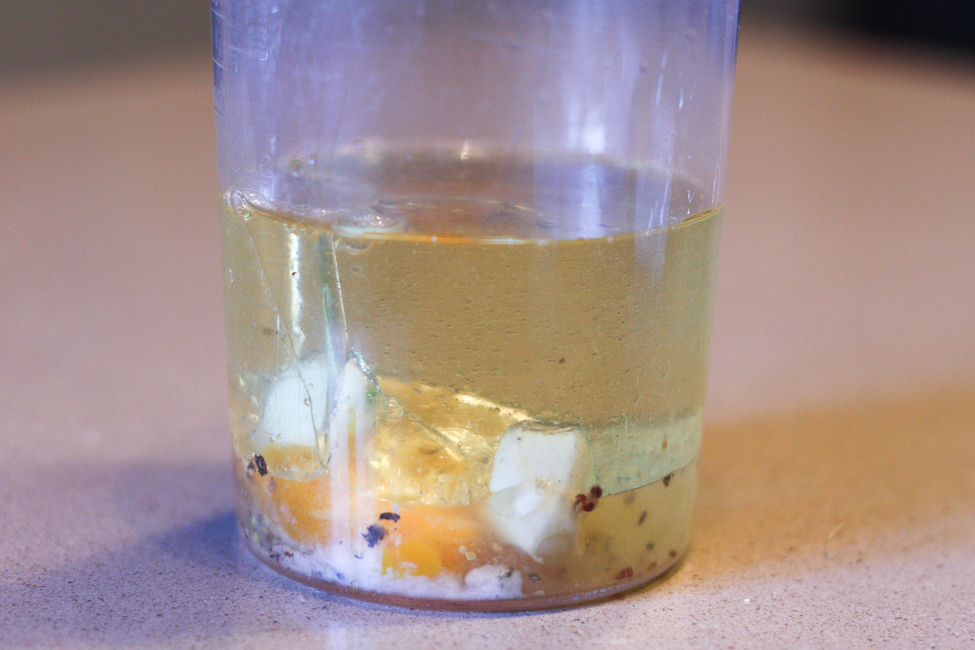
Assemble your blender and put it in the cup, all the way down to the bottom. Start it and, when the mixture starts to get creamy on the bottom, slowly and gradually lift it to the top of the mix. At this point, you can plunge the blender in and out a couple of time to get everything mixed in.
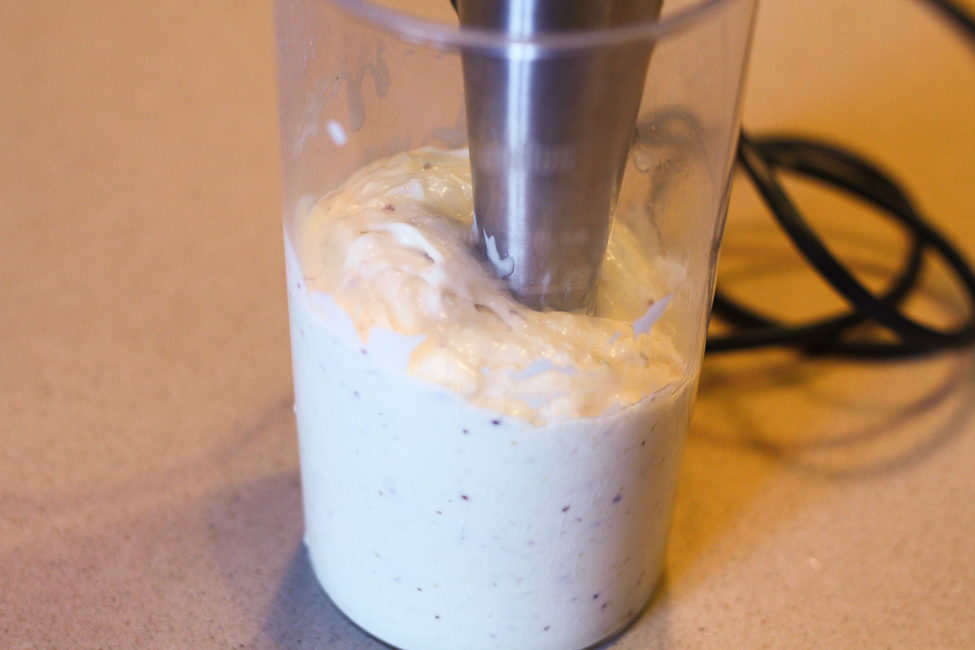
That’s it. Eat it now.
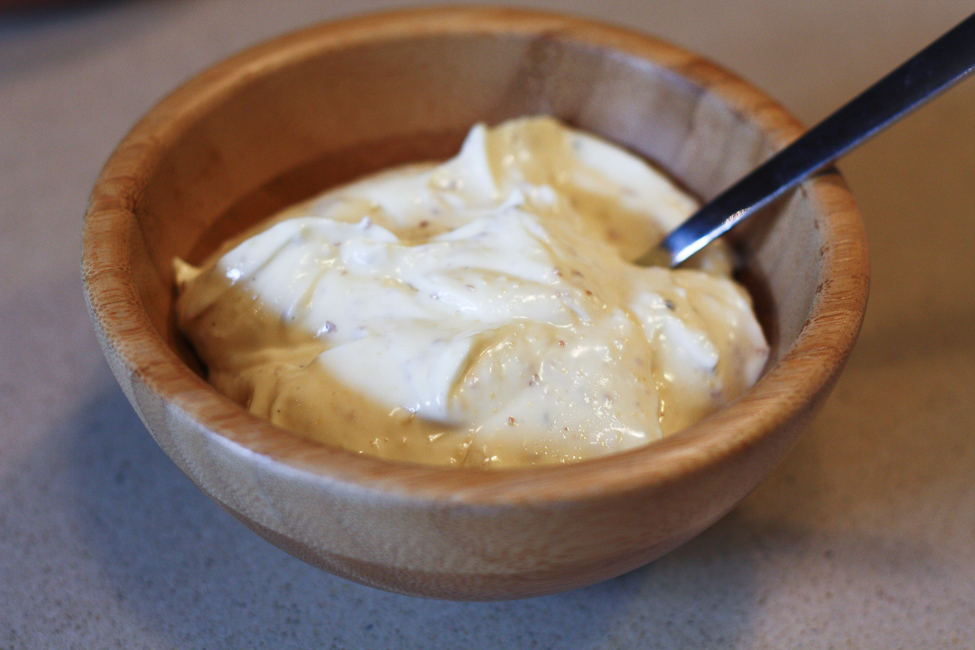

n.b. In researching this post over the last two months, several batches have been made. I would highly recommend that, to enjoy to the fullest, you share with good friends and a bottle of rosé.
 Tuesday, November 26, 2013 |
Tuesday, November 26, 2013 |  2 Comments |
2 Comments | 
